One of my favorite things about working on the Lake Bonneville Coral Reef Project is the opportunity to go on field trips to the lake and, most importantly, learning more about this precious resource we have here in Utah. Yesterday, I got to join Jaimi from the Great Salt Lake Institute as she went out to the Spiral Jetty to take water samples.
This was my first trip to the Spiral Jetty, so I was very excited to go along! This is the beginning of the spiral. Robert Smithson built this land art structure in 1970, using basalt rocks from the area.
I had always thought that the white froth at the lake was because of pollution. Jaimi taught me that it is a result of the very shallow waters of the lake, mixed with high winds that whip up the water. The dissolved solids in the water then create bubbles, which, like when you are beating egg whites, will hold their shape.
This lovely mix of chocolate with the egg whites is really brine shrimp cysts. Brine shrimp don't usually hang out in this part of the lake, because it's too salty even for them.
The sand at Great Salt Lake is called oolitic sand. The grains are round.
The water in this north arm of the Great Salt Lake is pink. This is because of the orange and red pigmented algae and other microbes that live here. Jaimi says, "Only very extreme microbes can survive here due to the high salt content in the water."
It is a very magical place.
Salty dogs like the lake too!
You can see the water level of the lake has gone up a bit with all the rain we've had!
That is Gunnison Island off in the distance. This is an important nesting habitat for the American White Pelicans, a critical reason for protecting our lake.
Hope you enjoyed the tour! Thank you to Jaimi for being such a great guide and wealth of information!

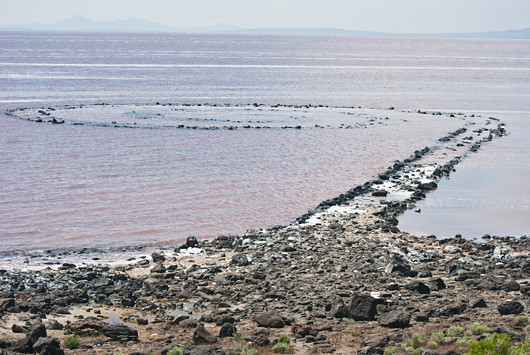


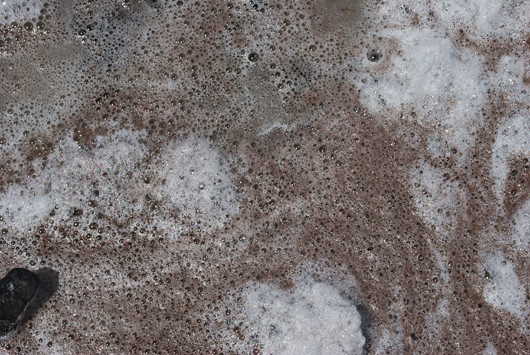
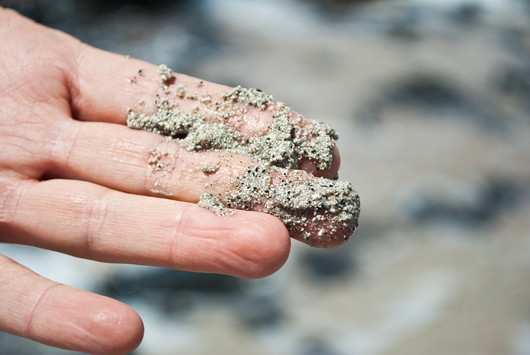
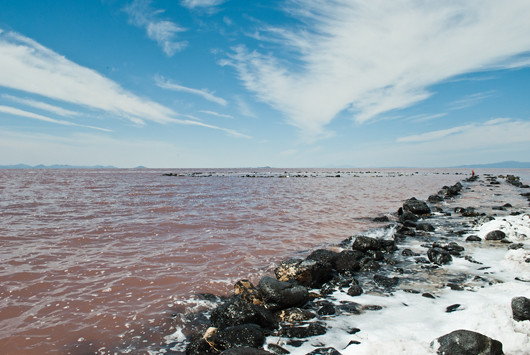
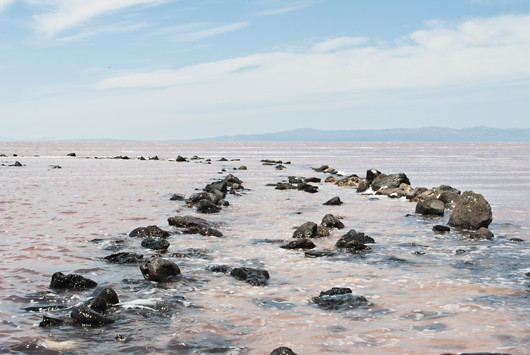
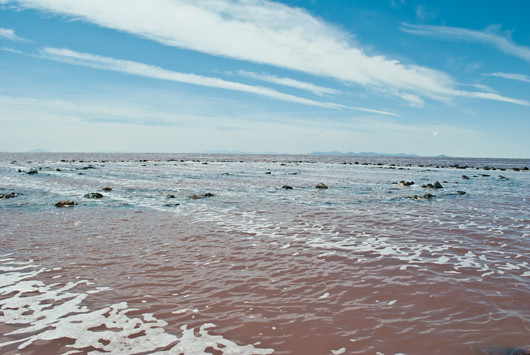
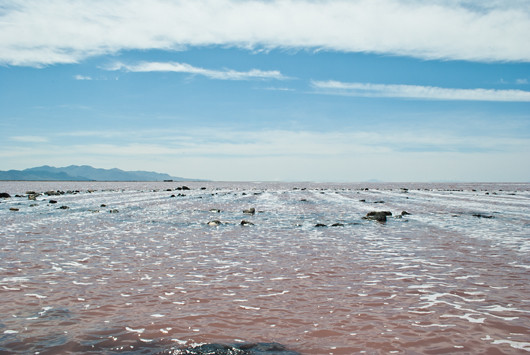
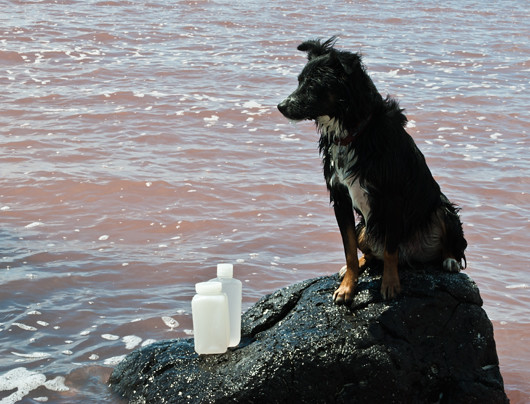

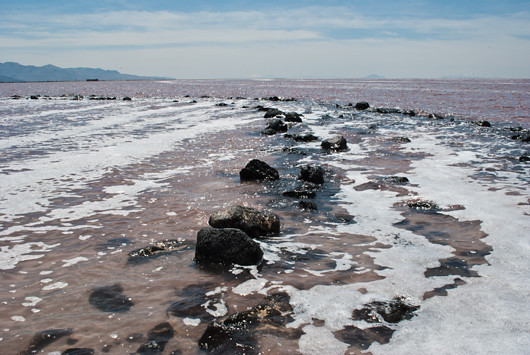
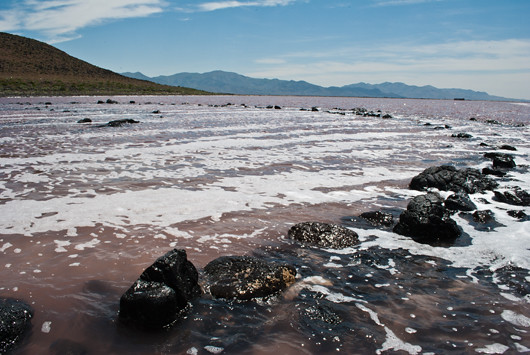
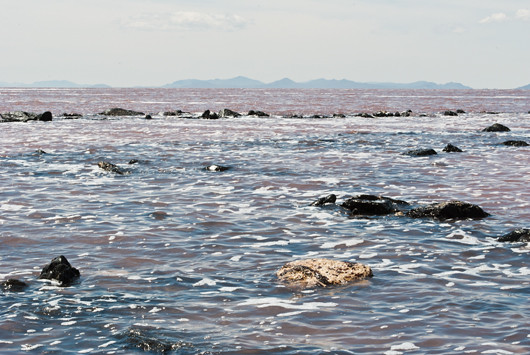
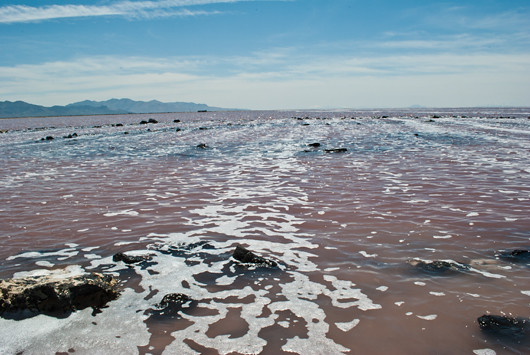
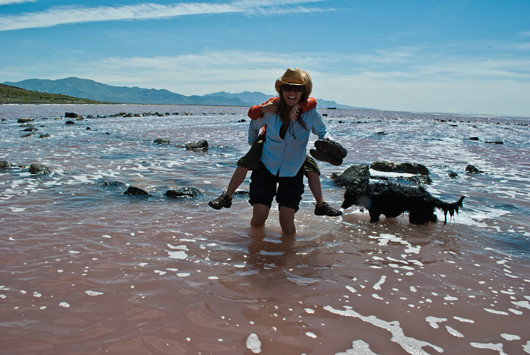

Wow! The level has risen since I was there on Saturday. I think there's a very good chance that the whole Spiral Jetty will be submerged by the end of summer. Beautiful pictures. Thanks for sharing!
ReplyDelete